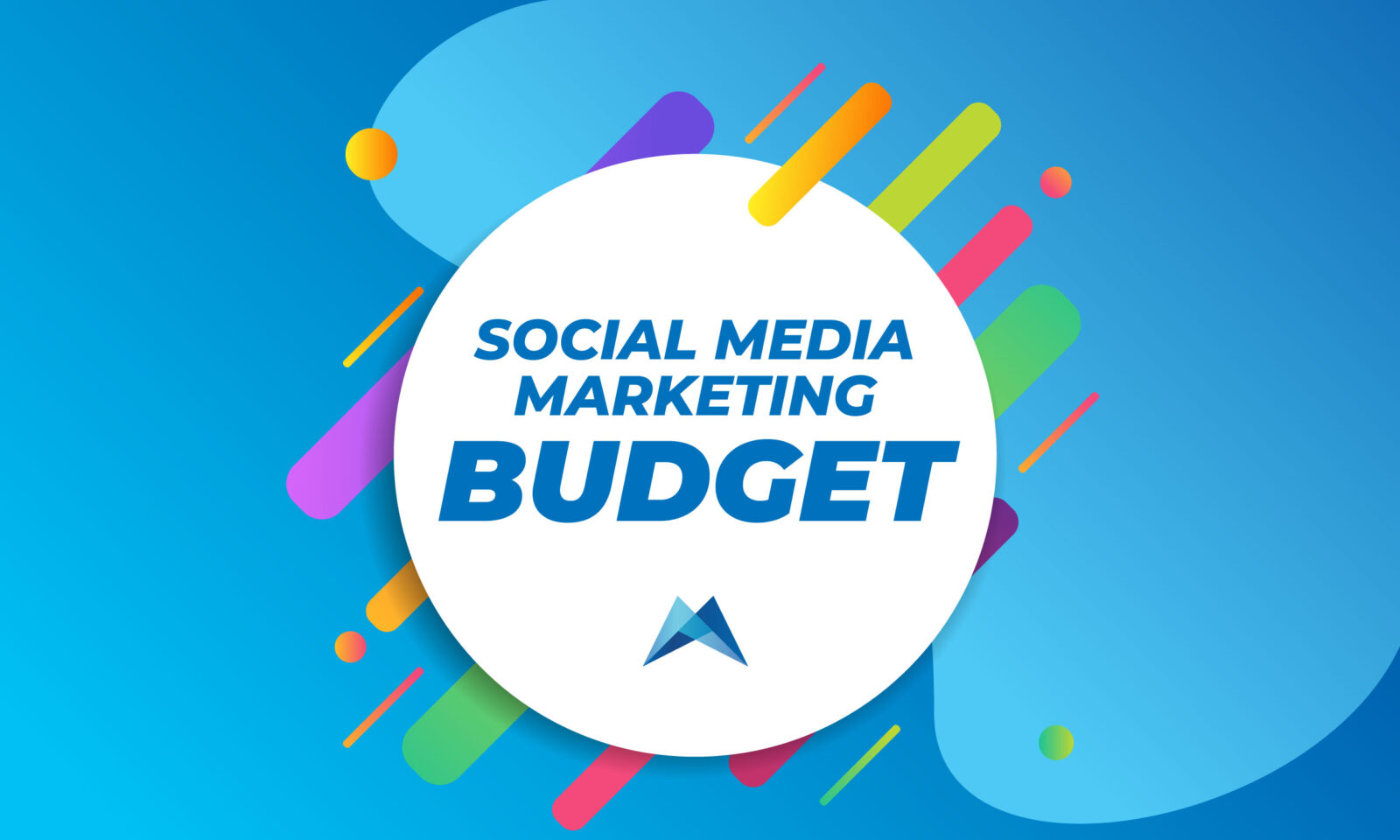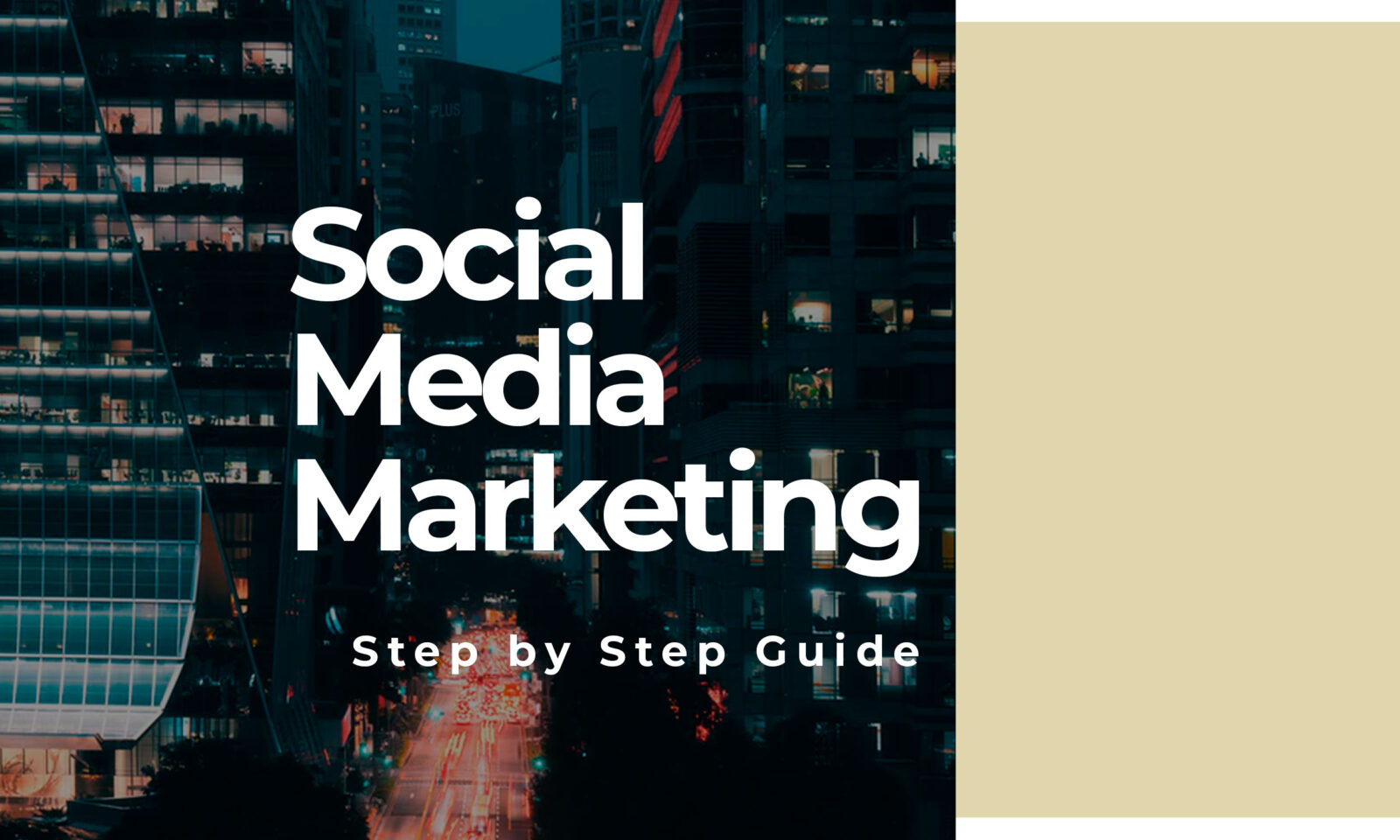How to Promote on Facebook
We all know Facebook as basically the birthplace of social media marketing. Even though many other platforms have arisen since then, there is still an overwhelmingly large amount of people who use Facebook every day. As of right now, Facebook has more than 2 billion daily...
Social Media Marketing Budget
One in every two people in the entire world has at least one social media account, and this number is only growing. Social media marketing is vital for any company in today’s day and age. Many marketing agencies in Los Angeles would even tell you that it is nearly impossible...
Social Media Marketing – Step by Step Guide
Do you remember Barney’s 16-step elaborate plan for making a girl fall in love with him from the show “How I Met Your Mother”? Watching the show, this plan seemed ridiculous and unnecessarily long. Still, as I started interacting with marketing agencies in Los Angeles, I have...


